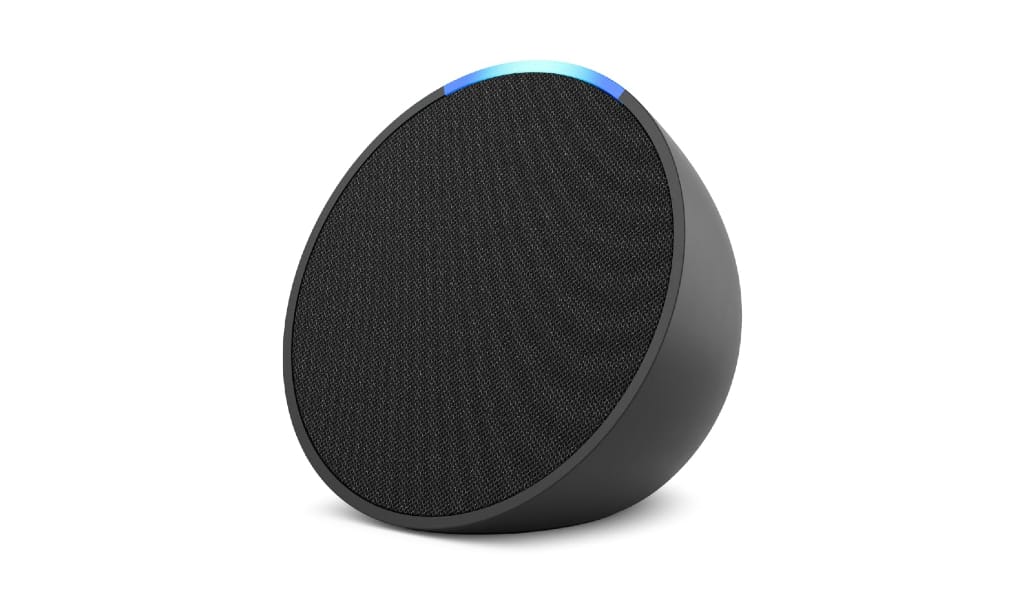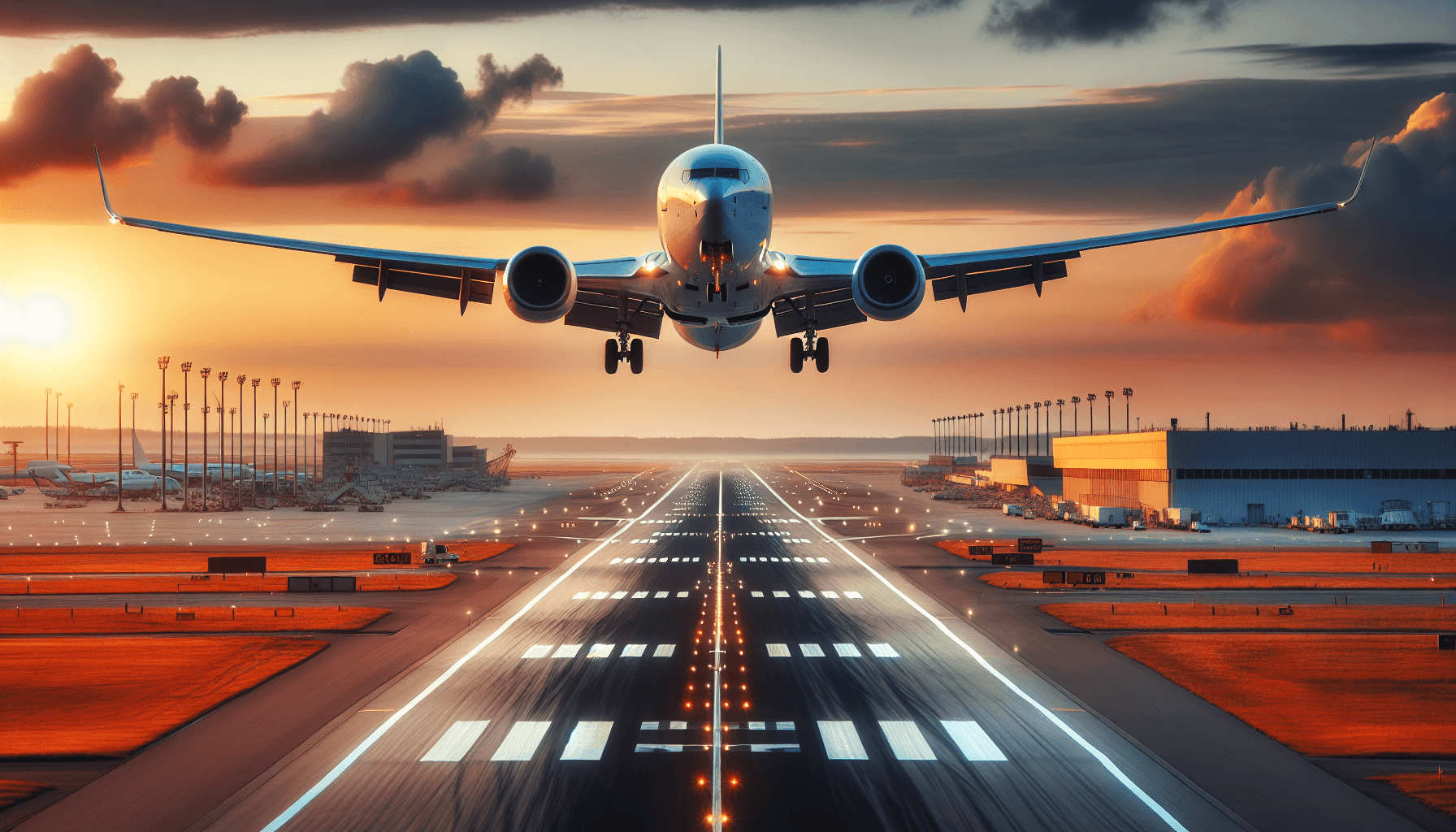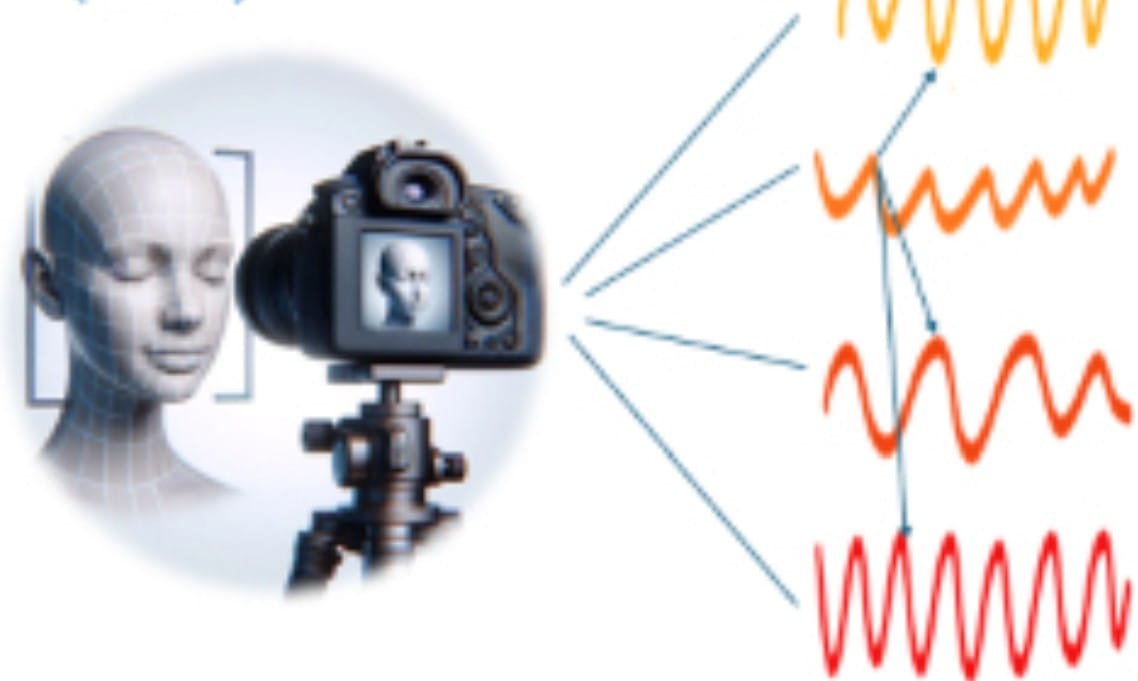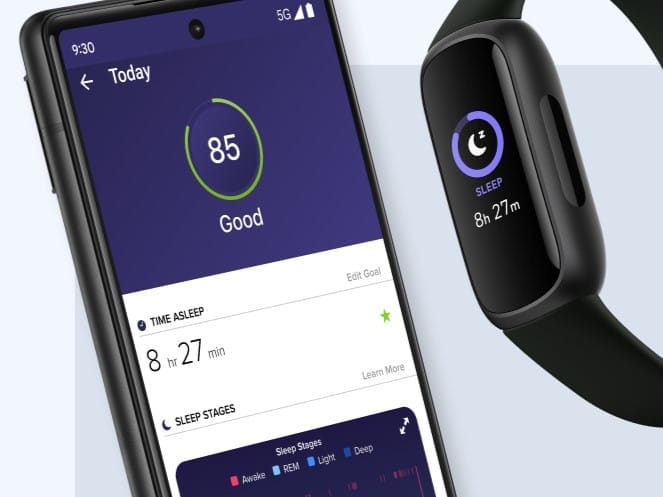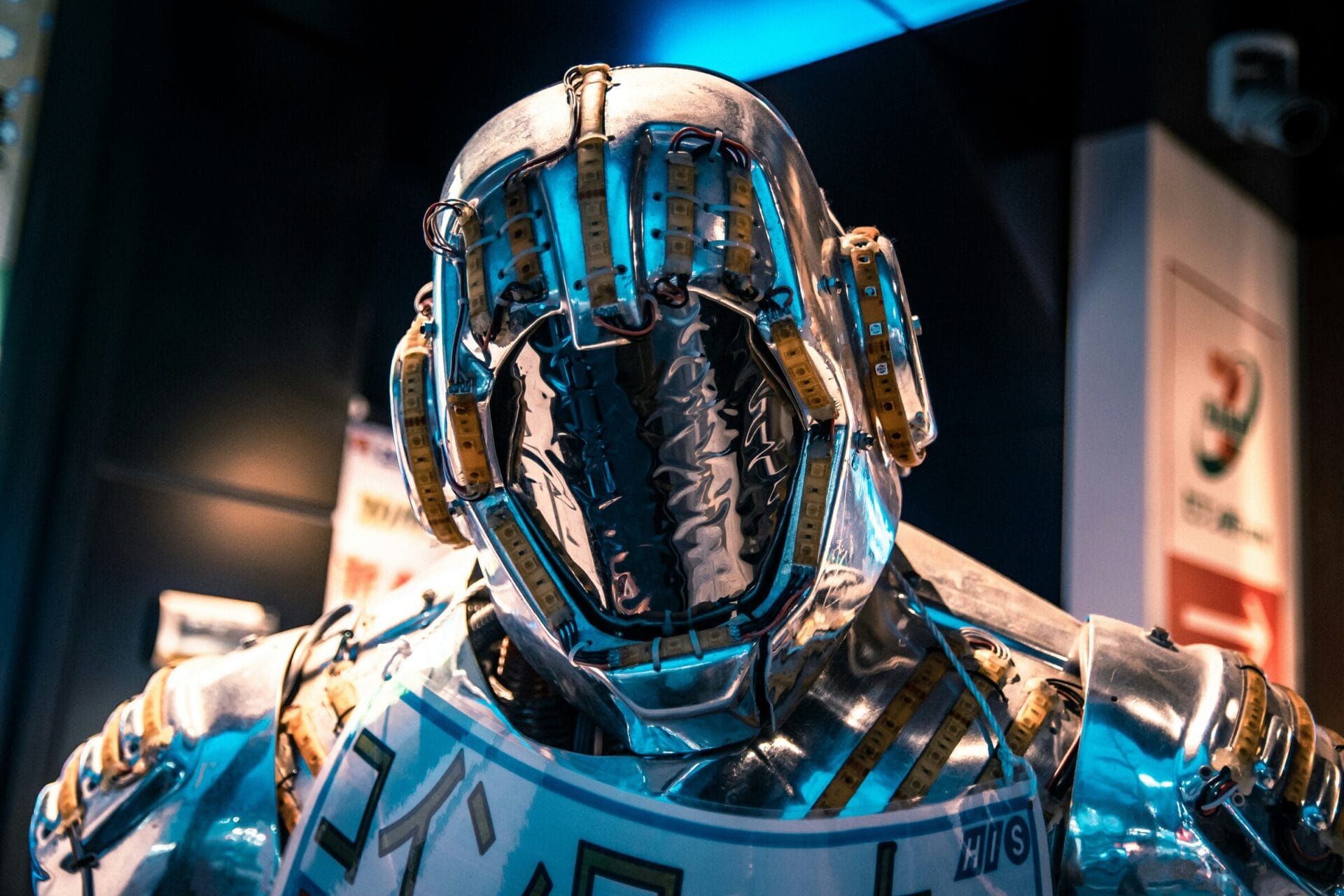Samsung presented the next version of its multimodal generative AI model, Gauss2, during the Samsung Developer Conference 2024. The model will come in three different sizes: Compact, Balanced, and Supreme.
Compact Model Overview
The Compact model is designed to be small, focusing on speed and efficiency, making it perfect for usage directly on devices by "maximizing the utilization of the device’s computing resources."
Balanced and Supreme Models
The Balanced model strikes a blend between performance and efficiency, tailored for various tasks that need consistency. On the other hand, the Supreme model is optimized for high performance, and Samsung claims it lowers "computational costs during training and inference processes while keeping both performance and efficiency at high levels."
This model supports up to 14 languages, including a variety of programming languages. To enhance efficiency and performance, Samsung employs a "custom tokenizer" for the languages it supports. The company notes that the model’s processing speed "per hour is 1.5 to 3 times quicker," when compared to open-source generative AI models.
In-House Coding Assistant
According to Samsung, its internal coding assistant, ‘code.i,’ is currently being used by 60% of all software developers at the company.
Samsung aims to leverage the Gauss2 model to boost productivity internally. The company "will keep extending the reach of its AI-based services throughout all product lines so users can enjoy a more convenient and pleasant daily life."
Source: Link



